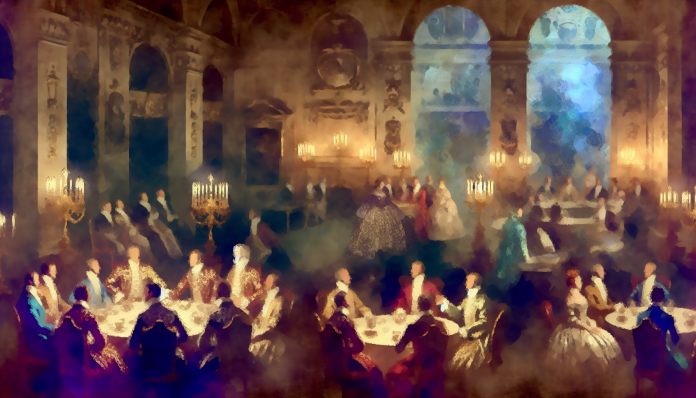Introduction
The tiny principality of Monaco, a glamorous playground for the rich and famous, has seen its fair share of royal intrigues. Among these, the affairs of Prince Rainier III and Princess Grace Kelly during the mid-20th century stand out as particularly scandalous. Their story unfolded during a time when societal norms were rooted in strict morality; however, the allure of royal life presented a contrasting narrative. This intersection of glamour and scandal has captivated historians and gossip enthusiasts alike, providing a rich tapestry of love, betrayal, and public fascination.
The Scandal
In the 1960s, the idyllic image of Princess Grace Kelly—a former Hollywood starlet who traded her film career for royal duties—was shattered by rumors of infidelity involving her husband, Prince Rainier III. While the couple was often portrayed as the epitome of fairytale romance, whispers of Rainier’s alleged affairs began to circulate in both tabloid press and high society circles.
- Key Players: Rainier III and Grace Kelly, alongside various supposed mistresses—including a young French actress reportedly linked to the Prince.
- Details of the Scandal: Speculation grew when it was reported that Rainier was spotted with various women across Europe. The presumptive nature of his extramarital escapades—often highlighted by their proximity to high-profile events—caused a stir among Monaco’s citizens and international observers alike.
- Public Reaction: At the time, members of the press called it a “royal soap opera.” Portraits of the couple were often juxtaposed with headlines that questioned the authenticity of their relationship, leading to tabloid frenzy.
One notorious headline from a French magazine bluntly stated, “The Prince’s Secret Life Exposed,” which epitomized the sensationalized nature of the coverage.
Moral and Cultural Analysis
In the 1960s, societal attitudes towards marriage and fidelity were quite conservative, especially for public figures. The reaction to Rainier’s alleged indiscretions was swift and severe.
- Consequences for Those Involved: Rainier faced immense pressure to uphold the royal family’s reputation. Although no formal repercussions were enacted, the public scrutiny affected both him and Grace, leading to a rather tense dynamic within their marriage. Amidst the allegations, Grace maintained a strong public facade, often seen attending charity events and supporting her husband’s reign, attempting to shield their public image from the lingering shadows of scandal.
Comparatively, if this scandal were to unfold today in our hyper-connected world, it would likely evoke different reactions:
- Public Response: Today, social media would amplify every detail, with instant commentary, memes, and public debates trending within hours. Infidelity might still stir controversy, but modern viewers might adopt a more sympathetic view towards Grace—a fellow woman navigating a high-pressure royal environment.
- Media Engagement: Instead of portraying Grace solely as a victim of her husband’s alleged sins, contemporary narratives might celebrate her autonomy and independence, focusing on her personal agency rather than solely on her marital status.
In this increasingly open society, reactions would reflect evolving norms that distance themselves from the rigidity of the 1960s. Today’s audiences often prefer to see celebrities as complex individuals rather than archetypes, and tabloid culture—not only shaping perceptions but also often leading to public redemption arcs—would add layers to how such scandals are understood.
The Royal Family of Monaco has endured its share of scrutiny, but none quite as intersecting with their love story as the rumored affairs that insinuated the cracks of a carefully curated public image, reminding us just how complex the lives of royals can be behind the gilded gates of their principality.

